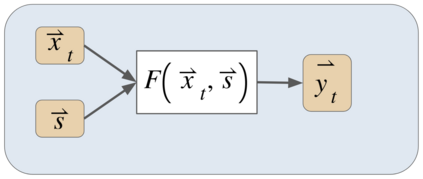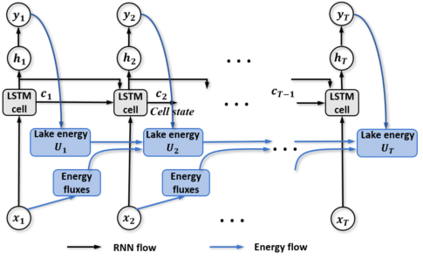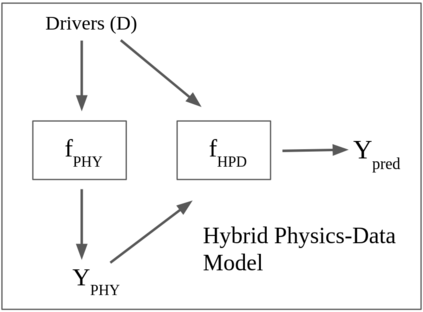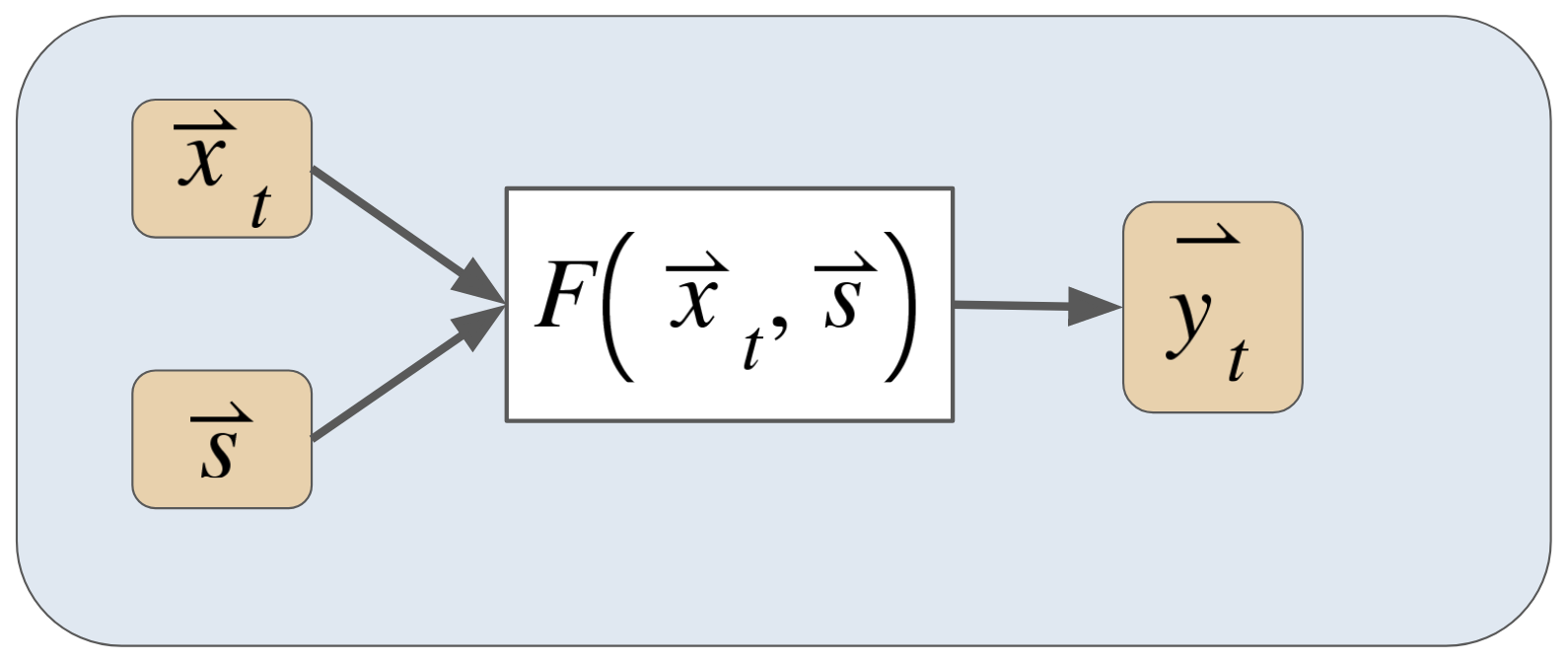There is a growing consensus that solutions to complex science and engineering problems require novel methodologies that are able to integrate traditional physics-based modeling approaches with state-of-the-art machine learning (ML) techniques. This paper provides a structured overview of such techniques. Application-centric objective areas for which these approaches have been applied are summarized, and then classes of methodologies used to construct physics-guided ML models and hybrid physics-ML frameworks are described. We then provide a taxonomy of these existing techniques, which uncovers knowledge gaps and potential crossovers of methods between disciplines that can serve as ideas for future research.
翻译:人们日益一致认为,解决复杂的科学和工程问题需要新的方法,这些方法能够将传统的以物理为基础的建模方法与最先进的机器学习(ML)技术结合起来,本文件对这些技术进行了结构化的概述,概述了应用这些方法的以应用为中心的目标领域,然后介绍了用于建立物理引导的ML模型和混合物理-ML框架的各类方法。然后,我们对这些现有技术进行分类,揭示了知识差距和各种学科之间可能存在的交叉方法,作为未来研究的构想。









